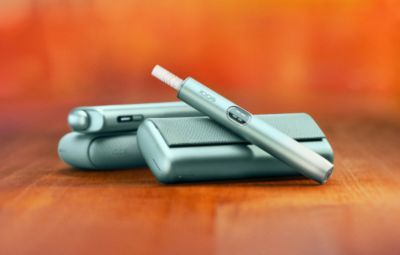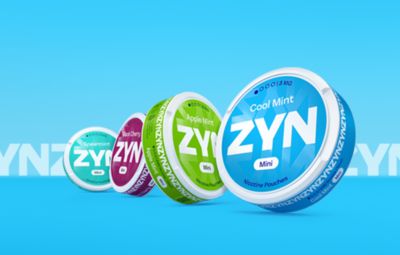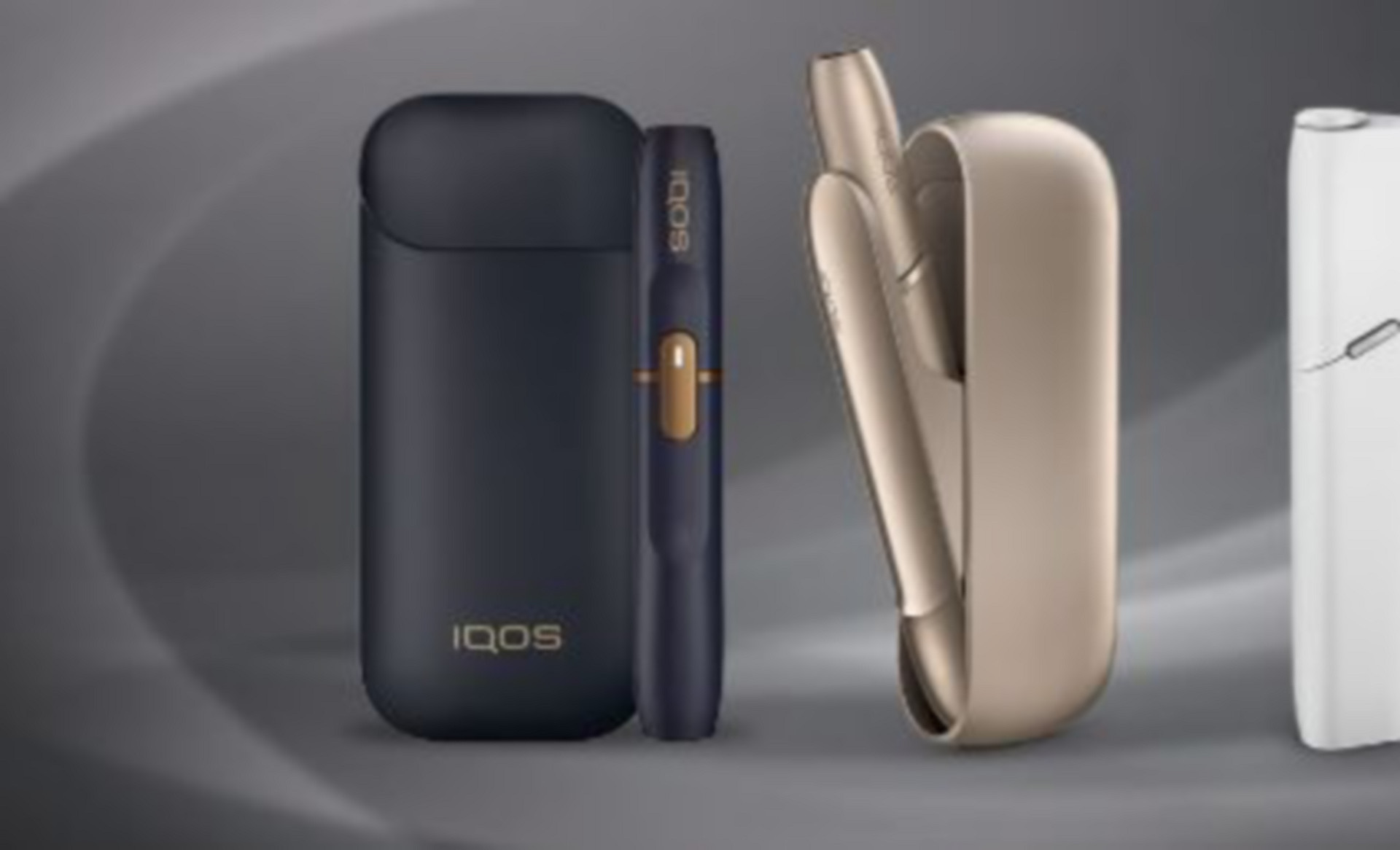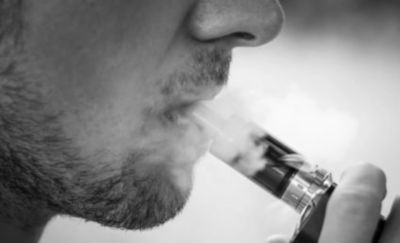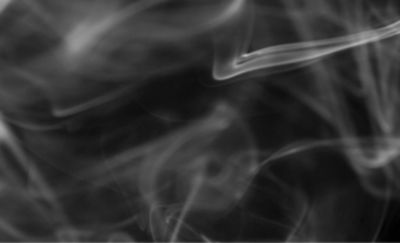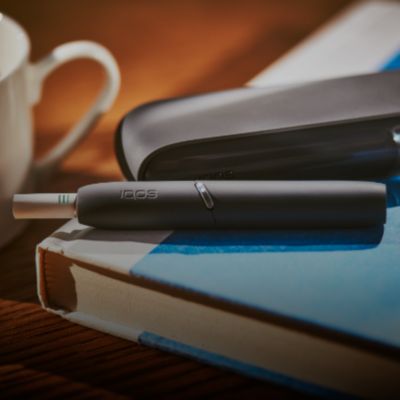The Smell of Cigarette Smoke vs Heated Tobacco
The smell of cigarette smoke is very distinct, and could be considered unpleasant. As an adult smoker looking to switch to a smoke-free alternative over continuing to smoke, you may wonder if the alternatives you’re considering have a smell too.
Without a doubt, the best choice any adult smoker can make is to stop smoking and nicotine use altogether. However, for those who would otherwise continue to smoke, a better option may be switching to a suitable alternative, like IQOS heated tobacco products. Switching could provide a number of improvements to smoking, one of which being the smell.
So, does heated tobacco smell? Does heat-not-burn tobacco smell of smoke? This guide offers answers to both of these questions, and more. Read on to learn more and compare the smell of cigarette smoke vs heated tobacco.
Does Heated Tobacco Smell of Cigarette Smoke?
The smell smoking a cigarette produces may differ from heated tobacco alternatives - however, this will depend on the product in question. For example, our latest heated tobacco product IQOS ILUMA generates no cigarette smoke smell. What’s more, IQOS ILUMA produces less smell than cigarettes.* As IQOS ILUMA produces less smell than cigarettes, it is less likely to bother people around you.**
* 93% agreement amongst 674 adult consumers in Japan and Italy, 2020 - 2021.
** 85% agreement amongst 674 adult consumers in Japan and Italy, 2020 – 2021.
In addition to this, IQOS ILUMA leaves less smell on furniture and fabric than cigarettes*, and the device leaves no smell in your pocket or bag.**
* 93% agreement on less smell amongst 674 adult consumers in Japan and Italy, 2020 – 2021.
** 82% agreement amongst 674 adult consumers in Japan and Italy, 2020 – 2021.
Does the Smell Smoking Produces Linger More than the Smell of IQOS ILUMA?
As an adult smoker, you may have noticed that the smell smoking produces can linger, not just on you but also on your clothes and furniture. IQOS ILUMA leaves less lingering smell than cigarettes.* It also leaves less smell on furniture and fabric than cigarettes.**
*90% agreement amongst 674 adult consumers in Japan and Italy, 2020 – 2021.
** 93% agreement on less smell amongst 674 adult consumers in Japan and Italy, 2020 – 2021.
Consumers who use IQOS ILUMA say that their breath smells better than it did with cigarettes.* In addition, consumers who use IQOS ILUMA feel more comfortable getting close to people than they did after smoking a cigarette.**
* 85% agreement amongst 674 adult consumers in Japan and Italy, 2020 – 2021.
** 82% agreement amongst 674 adult consumers in Japan and Italy, 2020 – 2021.
Do HEETS and TEREA Smell?
All IQOS devices are exclusively compatible with certain heated tobacco sticks. Devices in the IQOS ILUMA series are compatible with TEREA tobacco sticks, whereas older generations - such as IQOS ORIGINALS - should only be used with HEETS tobacco sticks. While HEETS and TEREA both contain tobacco, as they are both available in a range of variants, each product will have a slightly different smell.
For example, TEREA Amber has light woody and nutty aroma notes, while TEREA Sienna has woody and light tea aroma notes. Some TEREA variants also have less of an aroma than others, such as TEREA Turquoise, which has zesty aroma notes, but they’re more subtle. In comparison, the zesty aroma notes of TEREA Yellow are fuller.
To find out more about the different aromas TEREA and HEETS have, you can take a look at our TEREA and HEETS tobacco stick selection.
Can IQOS ILUMA Be Used Indoors?
No smoke, less smell*, IQOS ILUMA has significantly less effect on the air around you and others than cigarettes. That said, whether you can use IQOS ILUMA indoors will depend on the space and the situation you’re in.
IMPORTANT INFORMATION: IQOS ILUMA is not risk-free for you or others around you.
* 93% agreement amongst 674 adult consumers in Japan and Italy, 2020 – 2021.
Certain places may set their own rules for using these products in their space, so it’s important to check with the owner or manager before using heated tobacco at that location. Our guide ‘Can You Use Heated Tobacco in Public?’ offers further information on this topic.
Whether you can use heated tobacco in your home may depend on a few different factors. For example, if you’re a tenant renting a property from a landlord, whether you can use heated tobacco inside will be up to the landlord. Therefore, whatever indoor space you’re in, it’s important to understand and follow any rules around heated tobacco usage which may apply.
Smoke-free products are not risk-free and provide nicotine, which is addictive. The best decision any adult smoker can make is to quit tobacco and nicotine use altogether. Smoke-free products are not alternatives to quitting and are not designed as cessation aids.
This article is for general information and educational purposes. Some of the information in this article is based on external, third-party sources and we make no representations or warranties of any kind regarding the accuracy, validity or completeness of such information.
